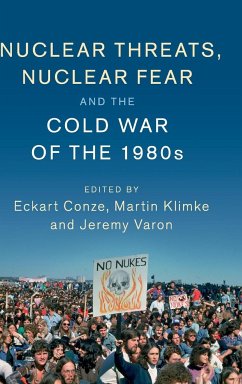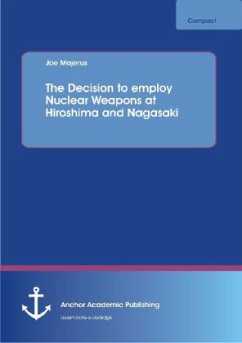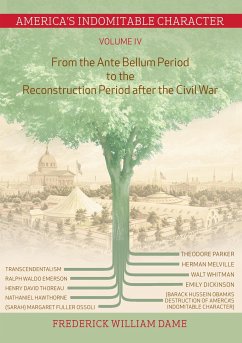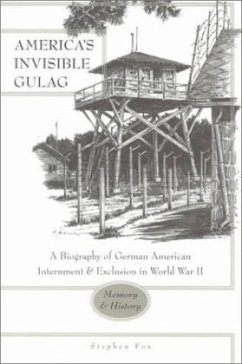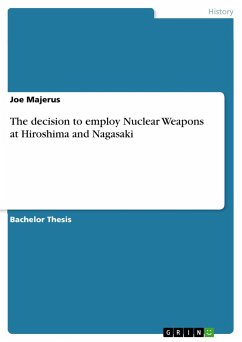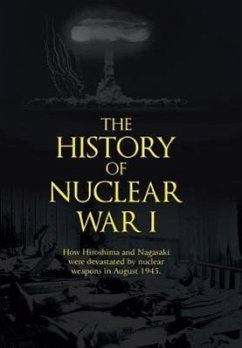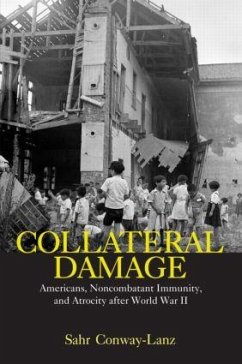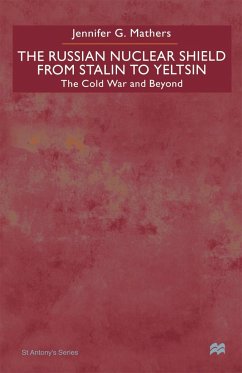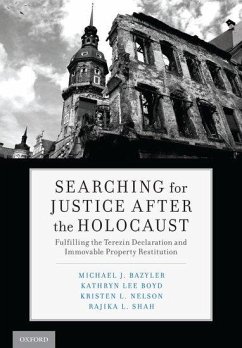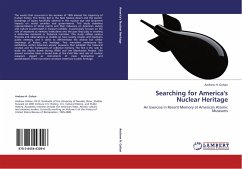
Searching for America's Nuclear Heritage
An Exercise in Recent Memory at America's Atomic Museums
Versandkostenfrei!
Versandfertig in 6-10 Tagen
52,99 €
inkl. MwSt.

PAYBACK Punkte
26 °P sammeln!
The events that occurred in the summer of 1945 altered the trajectory of human history. The Trinity Test in the New Mexico desert and the atomic bombings of Japan forcefully ushered in the nuclear age and long-term impacts on world societies and governments. This study examines representations of those events and their influence on American society and culture as portrayed in museum exhibits. It particularly focuses on the role of museums as memory institutions and the part they play in creating a distinctive memorial or historical narrative. This study utilizes various theories and observatio...
The events that occurred in the summer of 1945 altered the trajectory of human history. The Trinity Test in the New Mexico desert and the atomic bombings of Japan forcefully ushered in the nuclear age and long-term impacts on world societies and governments. This study examines representations of those events and their influence on American society and culture as portrayed in museum exhibits. It particularly focuses on the role of museums as memory institutions and the part they play in creating a distinctive memorial or historical narrative. This study utilizes various theories and observations as models on how society creates and maintains public memory, and it seeks to differentiate the diverse but similar meanings of history and heritage. Two narratives underscore the exhibitions within America's atomic museums that establish the historical context and the frameworks of collective memory. The first is the rush to build the atomic bomb during WWII and the Manhattan Project. The second narrative takes a broad look at the Cold War and role of nuclear weapons played as instruments of mass destruction and peacekeepers.These narratives construct America's nuclear heritage.



